In the ever-evolving world of architecture, staying up-to-date with the latest Architectural visualization Trends and technologies is essential. a crucial aspect of the design process, has witnessed significant advancements in recent years. As we step into 2023 and look ahead to 2024, it’s vital for architects, designers, and enthusiasts to be aware of the emerging trends that are shaping the field. This blog will explore key trends in architectural visualization that will dominate the industry in 2023-24.
Introduction of Architectural Visualization Trends For 2023-24 from JMSD Consultant 3D Visualization Studio
Architectural visualization has come a long way from traditional hand-drawn sketches and 2D blueprints. In the modern era, technology has revolutionized how architects and designers present their ideas to clients and stakeholders. Let’s delve into the architectural visualization trends that will define 2023 and 2024.
- Augmented Reality (AR) Integration : One of the most exciting developments in architectural visualization is the integration of Augmented Reality (AR). With AR, architects can overlay digital information onto the physical world, allowing clients to visualize designs in their real environment. This trend enhances client engagement and understanding.
- Virtual Reality (VR) for Realistic Walkthroughs : Virtual Reality (VR) has become a staple in architectural visualization. It enables immersive, Realistic walkthroughs of architectural designs. This technology not only enhances presentations but also aids in identifying potential design flaws before construction begins.
- Generative Design : Generative design uses algorithms to create and explore multiple design possibilities based on specific parameters. It empowers architects to optimize designs for various factors like cost, sustainability, and aesthetics. This trend fosters innovation in architectural planning.
- Photorealistic Rendering : Advancements in rendering software have led to photorealistic Render that are almost indistinguishable from actual photographs. This level of realism helps clients visualize the final product accurately.
- Parametric Architecture : Parametric architecture involves using algorithms to create intricate, mathematically-driven designs. This trend allows architects to craft complex and aesthetically pleasing structures that were once challenging to achieve.
- Sustainable Design Visualization : Sustainability is at the forefront of architectural concerns. Visualization tools now include features to simulate the environmental impact of designs, helping architects make eco-friendly choices.
- AI-Powered Architectural Tools : Artificial Intelligence (AI) is transforming the architectural landscape. AI-powered tools can analyze vast datasets, automate tasks, and even generate design ideas. Architects can harness AI for smarter and more efficient design processes.
- Interactive 3D Models : Interactive 3D models enable clients and stakeholders to explore designs from different angles, fostering better communication and feedback during the design phase.
- Immersive 360-Degree Panoramas : 360-degree panoramas provide an immersive experience, allowing viewers to explore the entire space. This technology is particularly beneficial for showcasing interior designs and spatial layouts.
- Mobile-Friendly Visualization : With the prevalence of smartphones and tablets, architects are creating mobile-friendly visualization apps. These apps enable clients to view designs on their devices, making it easier to share and discuss ideas on the go.
- Collaborative Visualization Platforms : Collaboration is essential in architecture. Collaborative visualization platforms facilitate real-time collaboration among architects, designers, and clients, streamlining the design process.
- Data-Driven Design : Data-driven design leverages data analytics to inform architectural decisions. Architects use data to optimize layouts, lighting, and energy efficiency, resulting in more functional and sustainable designs.
- Hyper-Realistic Materials Simulation : Materials play a crucial role in architectural design. Visualization tools now allow architects to simulate how different materials will look under various lighting conditions, helping them make informed choices.
- Global Collaboration in Architectural Visualization : The world is becoming more interconnected, and architectural projects often involve teams from different parts of the globe. Collaborative tools and cloud-based platforms enable seamless global collaboration in architectural visualization.
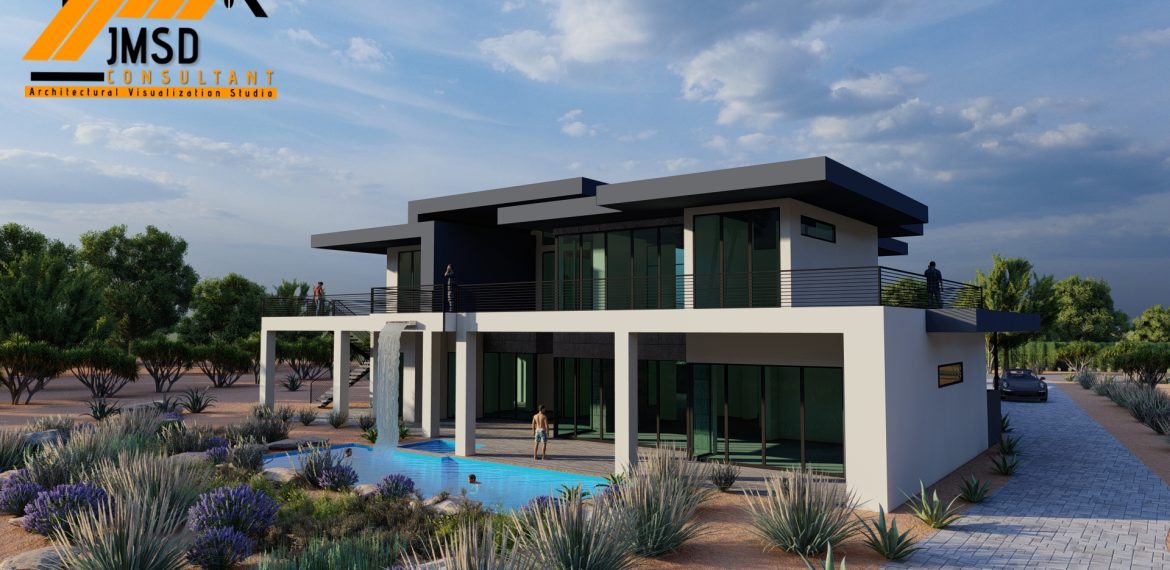
Conclusion :
The architectural visualization trends for 2023-24 are poised to revolutionize the way architects and designers work. From augmented and virtual reality to AI-powered tools and sustainable design visualization, these trends will enhance creativity, efficiency, and client satisfaction. As the industry continues to evolve, staying updated on these trends is essential for professionals and enthusiasts alike.
FAQs :
Q1 : What is generative design in architecture?
A1 : Generative design uses algorithms to create and explore multiple design possibilities based on specific parameters, fostering innovation in architectural planning.
Q2 : How does augmented reality benefit architectural visualization?
A2 : Augmented reality allows clients to visualize architectural designs in their real environment, enhancing engagement and understanding.
Q3 : Why is sustainability important in architectural visualization?
A3 : Sustainable design visualization helps architects make eco-friendly choices and simulate the environmental impact of their designs.
Q4 : How can collaborative visualization platforms aid architects?
A4 : Collaborative visualization platforms facilitate real-time collaboration among architects, designers, and clients, streamlining the design process and improving communication.
Don’t miss out on the exciting advancements in architectural visualization. Stay ahead of the curve in 2023-24 and explore these trends to transform your Architectural Visualization projects.
Find top-rated 3D rendering services for your home Design project. JMSD Consultant is a Top Architecture Visualization Studio Outsourcing partner of Architectural Visualization and 3D Rendering Services based in USA.

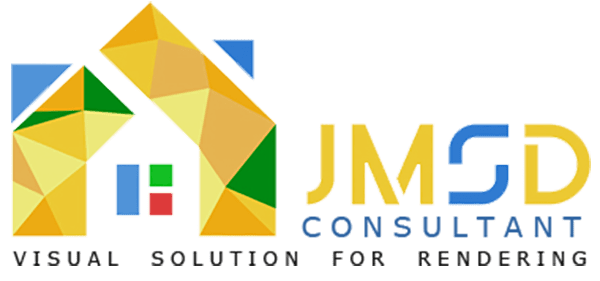
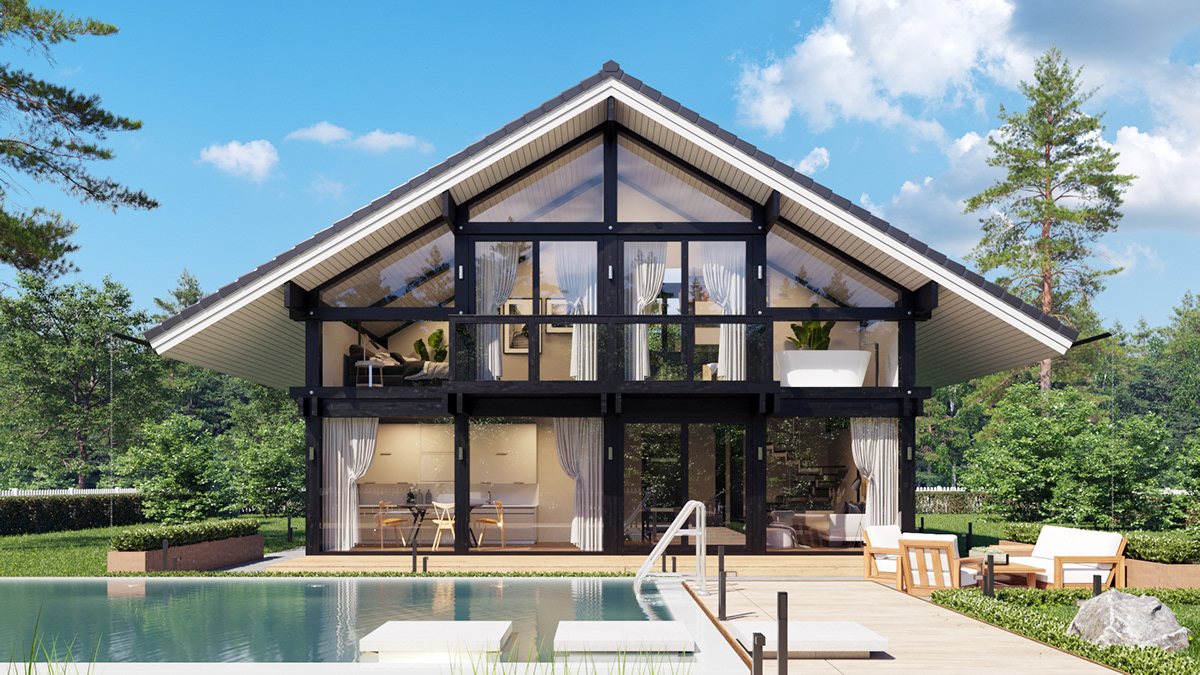
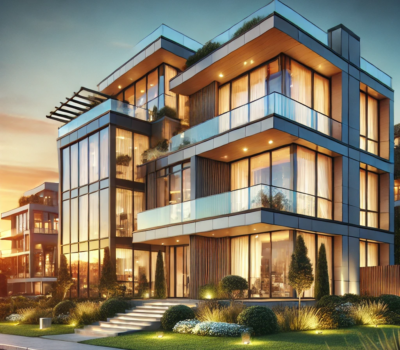
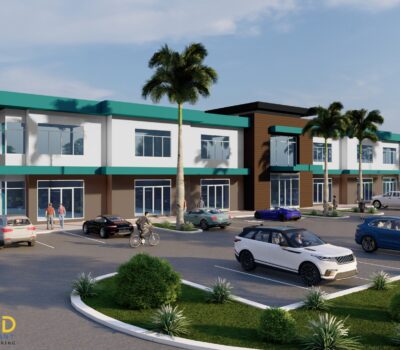
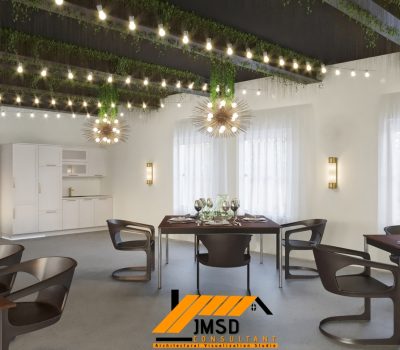
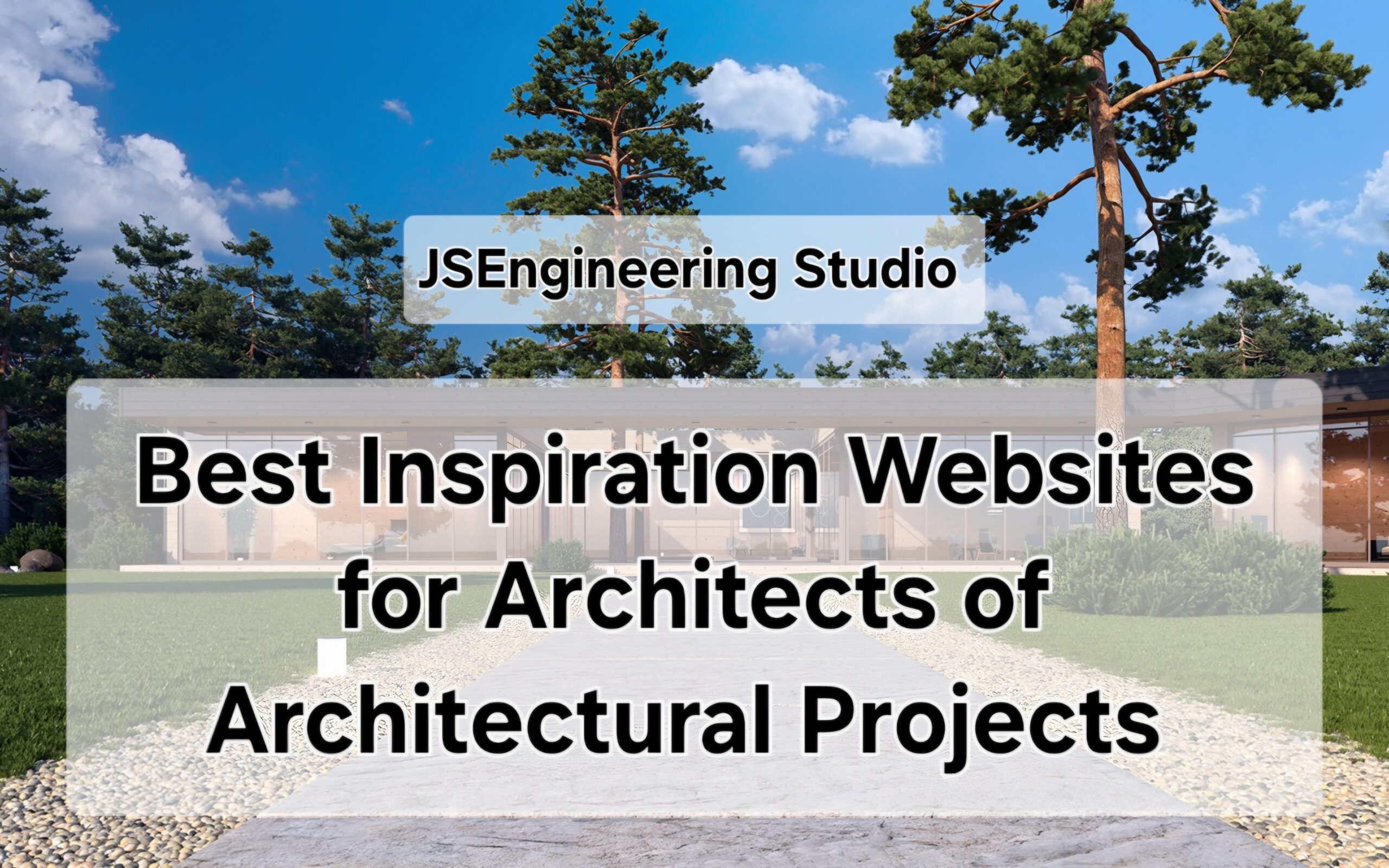
1 Comment
[…] technology becomes more interconnected, cross-platform compatibility becomes crucial. 3D rendering solutions in 2023-24 will prioritize seamless integration across devices and software, making workflows more […]